

Potted plants, flower beds, vegetable gardens, lawns… Not sure what irrigation system suits your outdoors best? One thing for sure: regardless of the watering itself, rainwater collection is almost a must to save water and protect our planet. Let’s clear up the subject to help you see better! Discover 6 irrigation systems for the garden.
→ Also read:
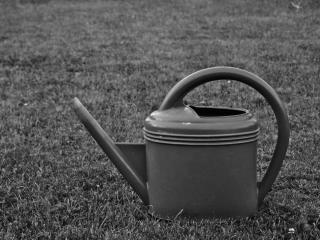
Rainwater is the best water for watering your plants.
Be sure to water at the base of the plant, or even fill the saucer if it’s a potted plant. It will then drink water with its roots by capillarity, as it would in the open ground. However, don’t let water stagnate in the saucer: remove it after an hour, or it’ll rot away the roots. Watering late in the evening or early in the morning helps limit evaporation.
No more back and forth from tap to plant, manual watering with a hose allows you to roam around the garden.
Often, nozzle heads come with several modes with varying pressure and spray width. Thus, you can adapt your watering as you move from one plant to another. Setting up a hose-based garden watering system requires a little work, like setting up an adapter on the faucet and finding a way to store the hose, but it’s very affordable.
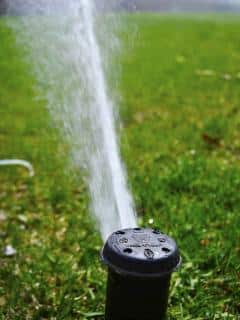
You can choose either a buried or a surface irrigation. Buried irrigation is more discreet and only rises out of the ground to do its job.
On the contrary, surface sprinklers are more mobile, so you can move them around as needed to cover a large area.
Watering at night helps limit water consumption due to low evaporation. Some designs connect to a rain gauge and stop supplying water when it rains or when it’s rained recently.
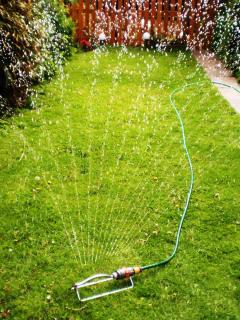
You can customize:
Check that the hose tension doesn’t make it tip over for designs where the base isn’t as wide.
These are the funnest by far for children to play with!
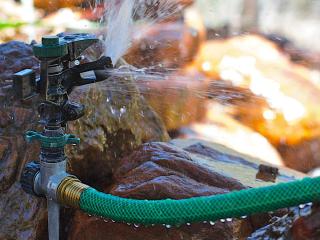
You can then adjust:
to adapt the watering to your garden’s surface area.
True to their name, these garden watering systems send out water jets very far at regular intervals. They are generally used to water very large areas like fields.
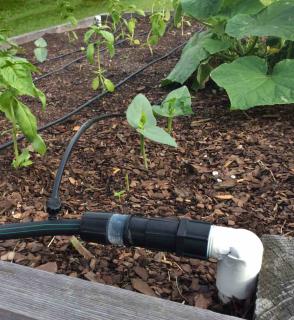
Unlike sprinkler irrigation, it targets only plant roots, not the weeds around them! It works with a main hose and secondary hoses that reach all plants to water. Near the plants in question, you can place drip heads, misters or sprinklers. So, each plant receives water in the best way for its growth. Once everything is set up, you just have to schedule the frequency and duration of watering.
If you don’t have an automatic watering system, going on vacation can cause some concerns. Don’t panic, there are solutions to this problem:
Read: